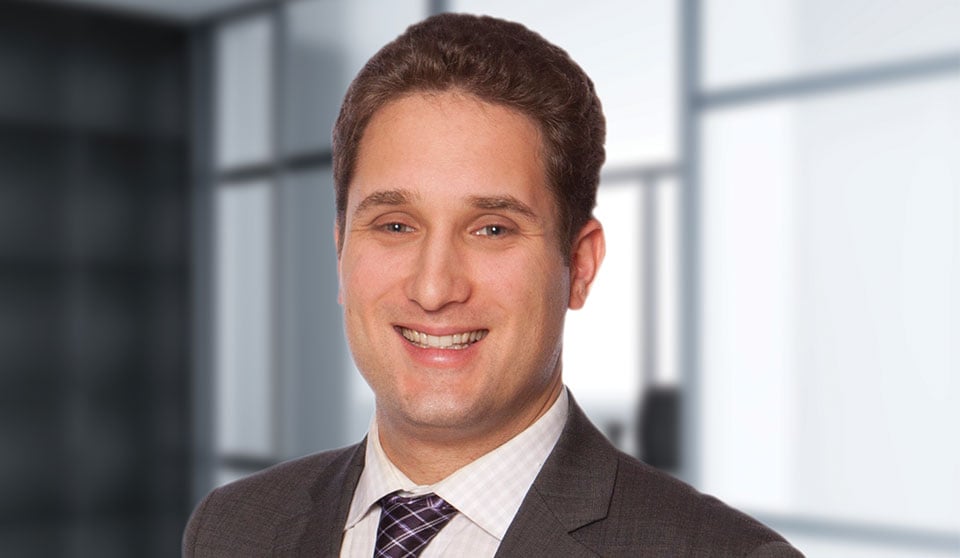
FOCUS ON PERSONAL INJURY - Ontario Court of Appeal provides guidance on use of Schedule B documents, including Facebook and surveillance, at personal injury trial

Although the Ontario Court of Appeal found that surveillance evidence excluded at a personal injury trial was not so significant as to make a difference as to damages, it was a “hollow verdict” for the defence in the case with some lessons about social media as evidence.
Tanya Nemchin had alleged disabling post-traumatic stress disorder following a car crash and was awarded $700,000 by a jury. The main issue at trial was whether her PTSD had been caused by the collision and was significant or whether it resulted from an earlier sexual assault. At issue on appeal was the exclusion of surveillance and Facebook evidence by the trial judge.
On Facebook, the appellate court found that the trial judge didn’t make a mistake in excluding the evidence. And although it found the surveillance tapes had been incorrectly excluded, it concluded that the exclusion would not have affected the verdict.
“I think what’s interesting is that the trial judge took such a sweeping approach in terms of excluding all the surveillance, and the Court of Appeal basically said the trial judge shouldn’t have been so sweeping in excluding all surveillance,” says Stephen Birman, a plaintiff-side personal injury lawyer at Thomson Rogers LLP in Toronto.
“Yet, despite that, they were of the view that it didn’t materially affect the decision in the case. It's really more of a process-type decision in terms of how trial judges should be dealing with motions by parties to expect surveillance.”
The judgment in Nemchin v. Green, penned by Justice Peter Lauwers, states, “The trial judge’s task during the voir dire is to look at each piece of video evidence that the defence wants to put to the jury, and determine whether it is, in and of itself, admissible. This usually requires a discrete and granular assessment.”
Surveillance must be assessed by a trial judge in voir dire for two purposes; first, “to permit the videographer to be examined in order to ensure that the video presents a fair and accurate depiction for the surveillance to be admitted in evidence,” and second, “for the trial judge to ensure that the use of surveillance video will not impair trial fairness.” The test for admissibility is set out in Iannarella v. Corbett, 2015 ONCA 110, 124 O.R. (3d) 523.
Going forward, says Birman, “It’s going to be more difficult to try to argue that evidence should be excluded in its entirety . . . and the focus ought to be more narrow, on a specific photograph or part of the video.”
And even though the court accepted that the trial judge’s ruling was reasonable in excluding 20 of Nemchin’s Facebook posts from evidence, “the trial judge was required to consider whether there were any realistic or meaningful concerns about the plaintiff and her counsel being unfairly taken by surprise by the admission of such evidence at trial.”
However, says Birman, “When it comes to social media information . . . it will be hard to argue that defendants using that information, as long as it's relevant to the claim, would take [plaintiffs] by surprise, because, number one, it's coming from their own profiles, their own sites, so nobody should be surprised to see it.”
In this case, the parties had already reached some agreement to access social media of the plaintiff, he says. The obligation is generally to disclose the sites, and plaintiffs should expect that they will be asked questions about their social media accounts, and to the extent they’re public, they’ll be accessed later, at discovery and trial, and will be questioned about them.
“You may be able to argue that what’s on those accounts isn’t relevant, but for personal injury claims, a wide berth is given to relevance,” says Birman, with anything athletically or physically challenging expected to be examined.
“As a plaintiff’s lawyer, you always need to be cognizant of surveillance being used and also social media,” says Lindsay Charles of McLeish Orlando LLP in Toronto, who also represents plaintiffs.
“The takeaway is that you really need to have your client well prepared . . . you need to hone in before the client’s examination for discovery,” Charles says. “It’s important to make sure the plaintiff understands the risks of using absolute phrases; for instance, the words ‘always’ or ‘never’ when describing her level of function and her injuries and symptoms.
“Doing so will help safeguard against the use of surveillance evidence and social media being used for impeachment purposes at trial.”